Sekigahara: victory and defeat, crime and punishment
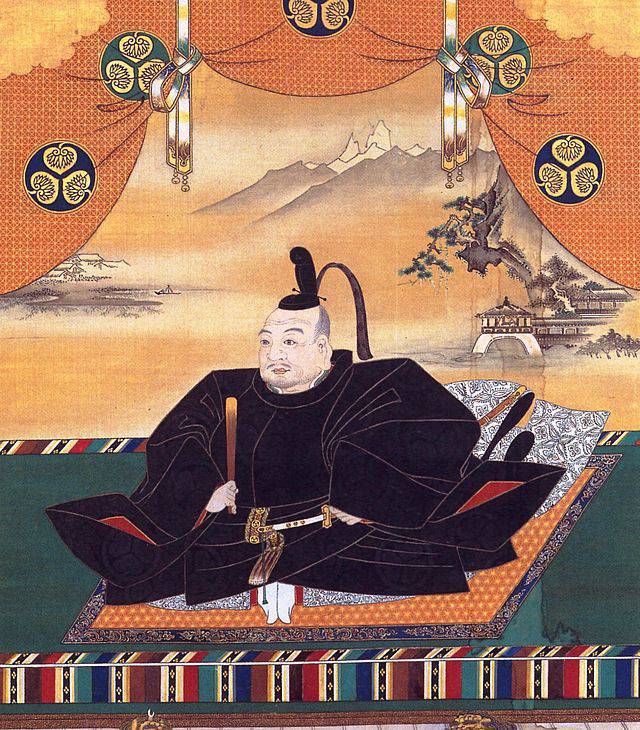
Ieyasu Tokugawa
It all began with the fact that a commoner, the son of the woodcutter Toyotomi Hideyoshi, made his way to the heights of power in Japanese society at the end of the 16th century. He achieved the highest civilian position of kvampak - the chancellor, but he could not become a shogun - the supreme military leader, since he did not belong to the old military clan aristocracy. He had a son, Toyotomi Hideyori, but at the time of his death, he was still too small to inherit the power of his father. It is clear that Hideyoshi wanted to keep him the title of Kwampaku, for which he created the Board of Regents of five people headed by Isida Mitsunari, a loyal candidate promoted from a poor family. Tokugawa Ieyasu, who also swore allegiance to him, but descended from the ancient and noble family of Minamoto, was the head of another guardianship structure - the council of five elders. Then he became head of the Board of Regents and put a lot of effort into trying to kindle resentment among notable daimyos who were not at all smiling to obey the different rootless upstarts, since they already had the “prince” Tokugawa!
Ishida Mitsunari, on the other hand, believed that the Council should support Hideyori by any means. He was close to him and his mother, and thus, supporting the boy, he supported himself. However, other daimyos (and there were also enough of them) rightly believed that the shogun should rule the country - “the supreme commander beating the savages”. And the boy had to grow up first, and then prove that he inherited his father’s abilities. And everyone understood that all this time he would have been a toy in the hands of his advisers! Nobody wanted this, besides, the candidacy for the post of shogun was already the same Ieyasu Tokugawa, who was old enough, wise, experienced in military affairs and had the richest rice-growing province of Kanto in his hands.
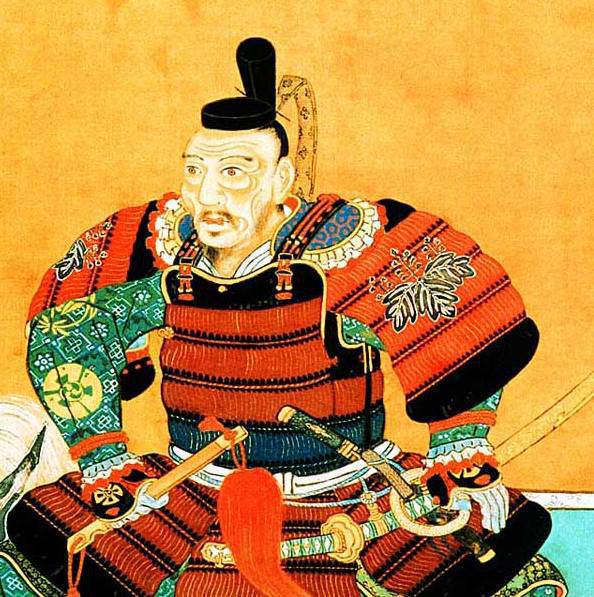
Toyotomi Hideyoshi in armor do-maru red sewing with the stamp of the pavlion on the o-soda - shoulder pads
Ieyasu wanted the same, but until time publicly declared his loyalty to Hideyoshi's will and support for Hideyori. As always there was an impatient who decided to start earlier than others and thus provoked a general speech. They turned out to be a supporter of Mitsunari Uesuga Kagekatsu, also one of the regents, who, without asking permission from Ieyasu, began to gather supporters to buy weapon, food and ammunition - that is, openly prepare for war.
His possessions were in the north of the city of Edo, the capital of Tokugawa, so if the war started, Ieyasu would have to fight on several fronts at once against both Kagekatsu and Mitsunari. But he exercised his right as a senior regent, declared Uesuga a rebel and called on all vassals of Hideyoshi to oppose him, because he violates peace in the country.
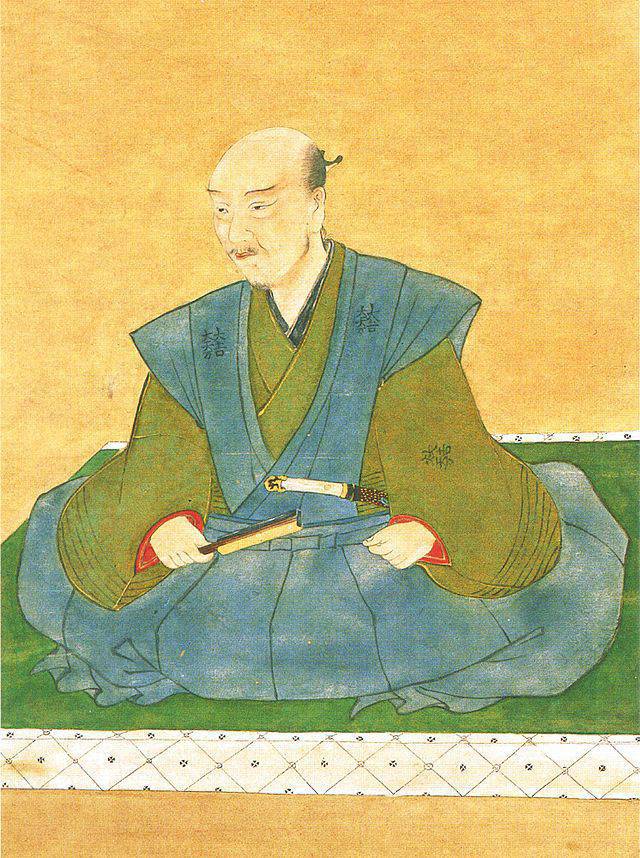
Ishida Mitsunari
It is clear that Ishida Mitsunari could not help supporting a loyal man and, in turn, called on his supporters to rebel against Ieyasu Tokugawa, who allegedly blamed his desire to become a shogun instead of the legitimate heir of Hideyori, the son of Toyotomi Hideyoshi. Since the main forces and supporters of Ieyasu were in the east of the country, the forces of their coalition were called "Eastern", and the forces of Ishida Mitsunari, who was in the west, were called "Western". On the side of Isis were the treasures accumulated in Osaka Castle, on the side of Ieyasu Tokugawa - most of the rice reserves of the empire.
1 September 1600, his troops moved towards Osaka, where the main forces of Ishida Mitsunari gathered. Ieyasu's son was delayed on the way due to clashes with the vassals of Isis, but Ieyasu did not wait for him, but headed for a fast march along the Nakasendo road, running between the mountains from east to west.
Opponents met in the valley between the mountains near the small village of Sekigahara 21 of October (“a month without gods”) 1600 of the year. Mitsunari had about 80 thousands of people, Tokugawa had thousands of 74, and these figures can be considered reliable, since the Japanese were obsessed with mania to record everything and everyone, ranging from the number of soldiers mobilized to the army and right up to the copies issued to them, flags and so-called “ borrowed armor. "
The troops marched by forced marches all night under heavy rain, and only in the morning reached Sekigahara. In the dark, the avant-gardes clashed, there was a fierce skirmish, but the commanders quickly routed the troops, and the tired samurai fell to sleep. In the morning under the sun from their wet armor knocked down steam, but the samurai and ashigaru (infantry from the peasants) quickly lined up for battle. Everyone understood that the fate of the country would have to be decided in it, and, despite the dirt under their feet, they were very determined.
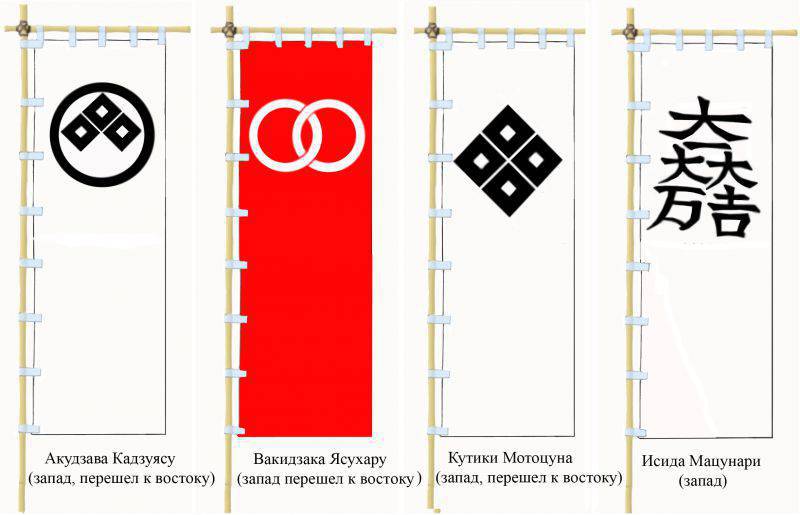
Nobori flags of battle participants: "West - East". The symbolism of the Japanese flags, in contrast to the European ones, was very simple and therefore well remembered. Standard-bearers in the Japanese armies could be up to a third (!) Soldier
Ishida Mitsunari knew how formidable the enemy was in front of him, but this time he hoped to defeat him. First, he had information from his intelligence officers that the son of Ieyasu Hidedead and the troops besieged the castle of one of his supporters and, therefore, would not have time to go to the battlefield. Secondly, he expected that there were several “western” detachments in the rear of Ieyasu — units of Kikkawa Hirowe and Mori Terumoto, which for a number of reasons ended up in the rear of the eastern army. However, they were quite far from the place of the upcoming fight, and it was difficult for them to take part in it. However, his left and right flanks were located on higher ground, so it was obvious that the main blow to Ieyasu would be in the center, in the valley, and then the blows of his samurai from the flanks and rear would decide the outcome of the battle. Farther on the hill of Matsuo, on the right flank of the “Western” army were the forces of Kobayakawa Hideaki, who numbered 16 500 people.
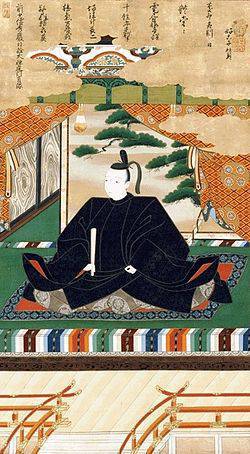
Kobayakawa Hideaki
As for Tokugawa Ieyasu, he, of course, saw the weakness of his position, but he was confident of victory, because he knew something that he didn’t know and didn’t expect Ishida Mitsunari: at the decisive moment of the fight, Kobayakawa would go to his side! Where and when they met and agreed on this treachery and reward for it - history is silent. But it was so, because afterwards everything happened exactly that way! Near him were the troops of Otani and Wakizaka. In the center of the position of Mitsunari too, all was not well. There were samurai from Satsuma, whom their commander and head of the clan Shimazu Yoshihiro ordered to repel all who would attack them, but not to go on the offensive by any means. So he wanted to keep his loyalty to both Mitsunari and Tokugawa at the same time. Feudal liberties, and what to do?
There were no serious fortifications at the battle site at Sekigahara - they simply could not have been installed by either one or the other, and it was a typical encounter when the two armies directly from the march rushed one over the other!
Battle of Sekigahara The position at ten in the morning. The troops of Tokugawa are marked in red, those of his opponents are shown in blue, and that part of the Western army that will go over to the side of the enemy during the battle.
The honor to begin the battle fell to the fourth son of Ieyasu Tokugawa named Matsudaira Tadayoshi, who just turned twenty-one. That’s necessary, Ieyasu decided, who wanted Hideyoshi’s commanders, who had gone over to his side, to understand well that this war between Toyotomi and Tokugawa was destroying and that one of them was simply obliged to crush the other once and for all.
As soon as fog broke over the battlefield, at eight o'clock in the morning thirty horsemen led by Matsudaira Tadayoshi and Ii Naomas attacked the Yukita Hideie detachment from the Western Army, after which Fukushima Masanori went to battle with the X-Menx arquebusiers and opened frequent fire on the enemy. The left flank of the Western Army was attacked by Otani forces, while Matsudaira and Ii continued their attack in the center. Mitsunari himself was attacked by the forces of Kurod, Takenak and Hosokawa. His commander Sima Katsutake was wounded, but since he, according to the Japanese historian Mitsuo Kure, had several guns, Mitsunari was able to repel all these attacks. On the left flank of Ieyasu, the attack of the Fukushima Masanori detachment was also unsuccessful, and he was thrown back to his former positions.
Warriors in wet armor, heated by the battle, poured steam, and the whole field was covered with thick clouds of powder smoke. The samurai of the "eastern" now and then threw themselves at the enemy, however, despite all their courage, they did not succeed in breaking through the front of the "western". There was a situation of balance of forces, fraught with defeat as one side and the other. As in any typical Japanese clash of samurai troops, arquebusiers came forward row by row (by the way, like in Europe), fired a volley: the first row was from the knee, the second was standing. In the meantime, they reloaded their weapons, they were covered with ashigaras with spears more than five meters long, and the archers bombarded the enemy with arrows. The servant servants were waiting behind them with boxes of arrows and immediately ran to replenish their ammunition. From time to time, due to smoke and fire, samurai with lances, swords, Masakari axes, naginata halberds and sponged kanabo clubs threw themselves at the enemy and, if they did not have time to stop them at point-blank range, they inflicted serious losses on the arrows. Horse attacks were swift and were applied to the flank. At the same time, the shooters were covered by spearmen, who were required to strike with a spear to the horse's neck, because if they missed, they ... fell into their rider, which, in general, was also good. If the horse and rider fell before the spearman, he had to throw a spear, grab his sword and quickly slaughter a reclining and stunned samurai, but not get carried away with the separation of his head from the body, and quickly return to the line!
The battle has been going on for several hours. Tokugawa’s troops descended to the lowlands, and Mitsunari decided that the time for a flanking strike had come. He sent a messenger to Kobayakawa, but received no answer, and all because he could not decide on treason, because he was a samurai. Therefore, Mitsunari and Ieyasu one after another sent messengers to Mitsuo mountain, trying to push him to action, but Kobayakawa was silent. This brought Tokugawa off of himself, and he ordered his arquebuziers to give several shots at his side, while the messenger sent to him by Kurod Nagamas (commander Ieyasu), demanded to launch the attack immediately! And completely confused, Kobayakawa finally ordered his samurai to attack Otani Kinoshita's troops. But he had long been surprised to look at what was happening, saw that the Tokugawa arquebusiers did not shoot at Kabayakawa and was ready for what had happened. There were shouts: “Betrayal! Treason! ”And although the samurai“ traitor from Mount Matsuo ”ran from top to bottom, they managed to repel their first attack, Otani. But then the example of Kobayakawa was followed by Wakizaka Yasuhara, and the right flank of Mitsunari almost ceased to exist.
Seeing that death was inevitable, Shimazu Yoshihiro, headed by about eighty horse samurai, made a daring attempt to break through, but galloped not backwards, but ahead, believing that there would be less troops in the rear of Ieyasu than where his own army retreats! Ai Naomasa, the commander of the Red Demons, rushed after him, but in his blood-red armor and with huge golden horns on his helmet, he was such a good target that one of the Sharizu arquebusiers managed to wound him in his left hand, and so that he fell from his horse.
Fifty-sixty people took Yoshihiro with him, but they nevertheless escaped and rode along the road to the south-west, and then headed to the mountains. Here they met the scouts Kikkawa and Mori, who, listening to the noise of the battle, tried to guess its outcome. They were told that Ishida Mitsunari was defeated, and Kikkawa immediately followed the example of Kobayakawa. Mori Terumoto didn’t become a traitor, but he couldn’t do anything either, since Kikkawa’s troops were nearby. Because of this, he went after Yoshihiro, who, through the port of Sakai, not far from Osaka, moved to his island of Kyushu.
Ishida Mitsunari was also forced to flee from the battlefield. For three days he wandered through the woods, tried to get to the coast, but fell ill with dysentery and, in such a pitiful state, was turned over to his opponent. Tokugawa ordered to first bury his neck in the ground, and then, after spending three days like this, sawing his neck with a bamboo saw! It is believed that the winners at Sekigahara chopped off 40 000 heads there, which delivered to the place of the ceremony of inspecting heads in bags, nets and baskets!
It is interesting that Tokugawa spent the whole battle of Ieyasu sitting on a camping stool without a helmet, only in a hatimaki dressing. But immediately after the victory, put it on his head and uttered the historical phrase: “After the victory, tighten the ties of your helmets more tightly!” Kobayakawa approached and bowed before him, and Ieyasu pointed him to a place beside him. He personally bound the wounded hand of Ia Naomas, and scolded his son Hidedead, who had just come up with the troops, for being late.
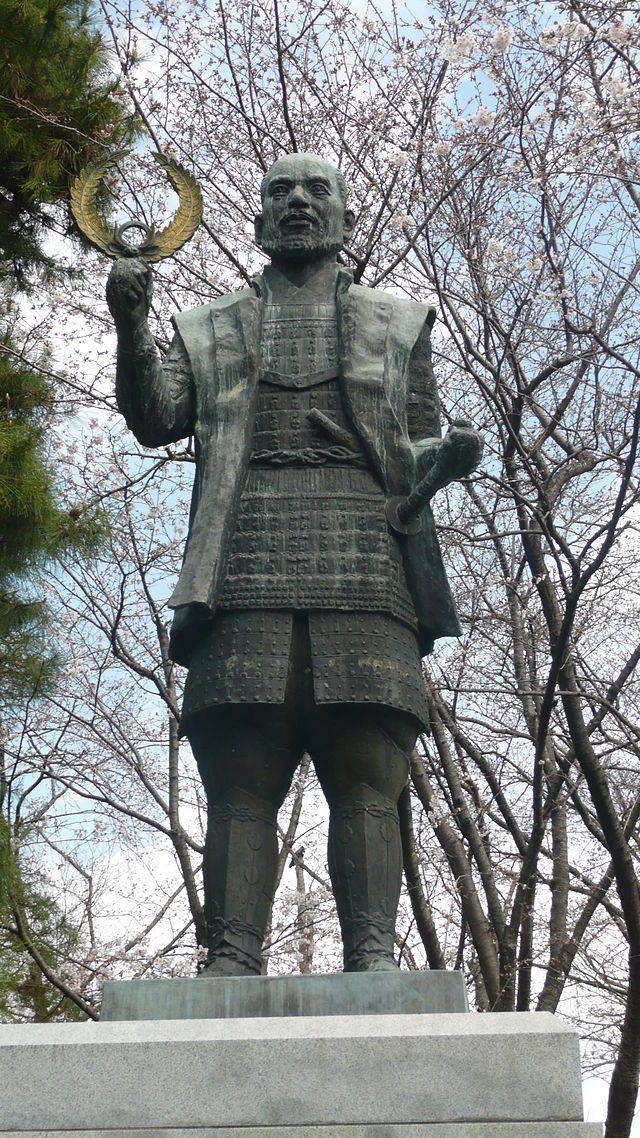
Monument Tokugawa Ieyasu
Soon after this outstanding victory, Ieyasu Tokugawa became a shogun, that is, he got what he had secretly dreamed of all his life. Kobayakawa for his treachery got land on the island of Honswe and income in 550 thousands of koku, but after that he lived only two years. He was only 25 years old when he suddenly lost his mind and died soon after, without leaving any heirs behind. Nobody, of course, did not reproach him, everyone understood that his act saved the country from the horrors of a long-term civil war, but apparently, in the eyes of his samurai, he constantly saw something that simply did not allow him to live in peace.
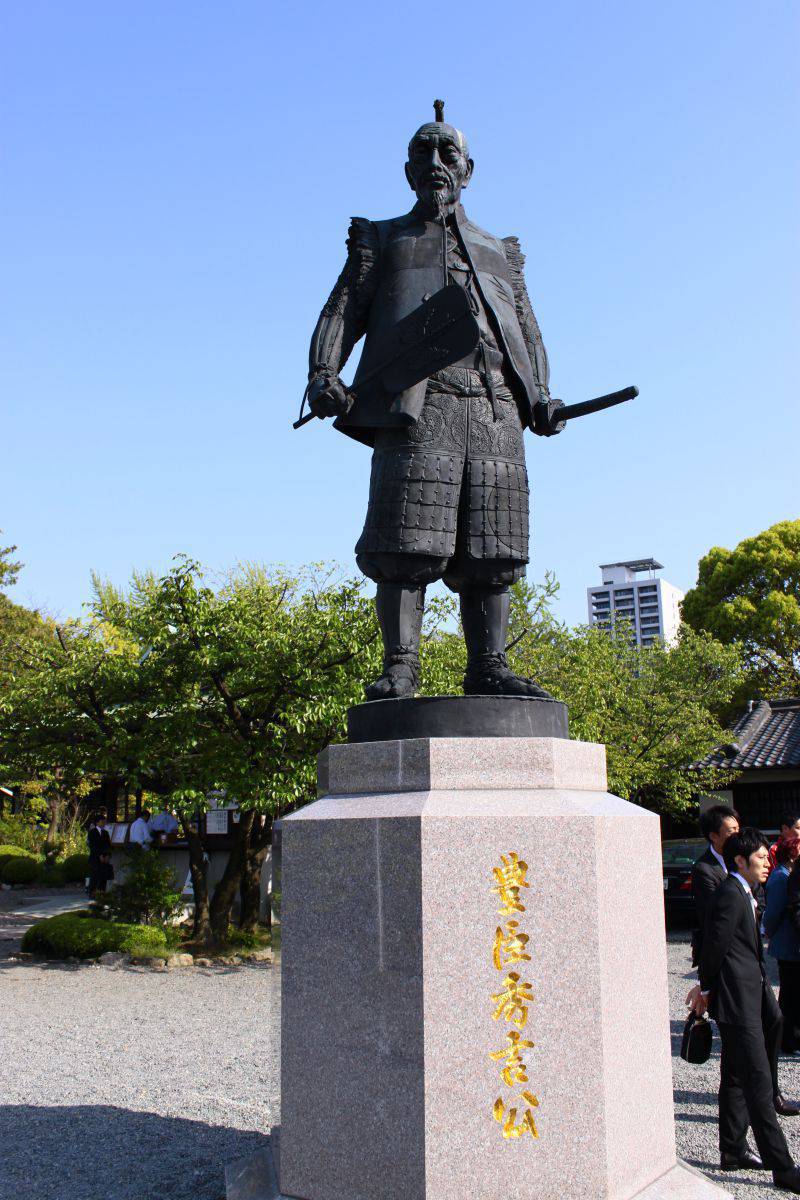
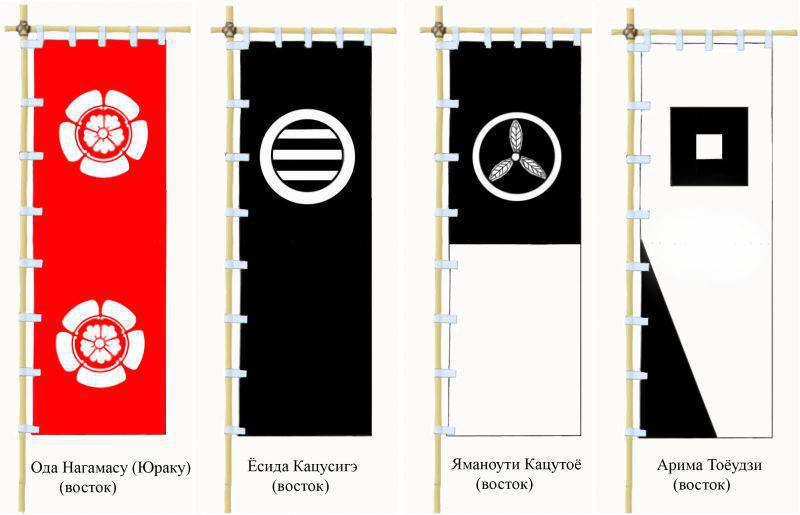
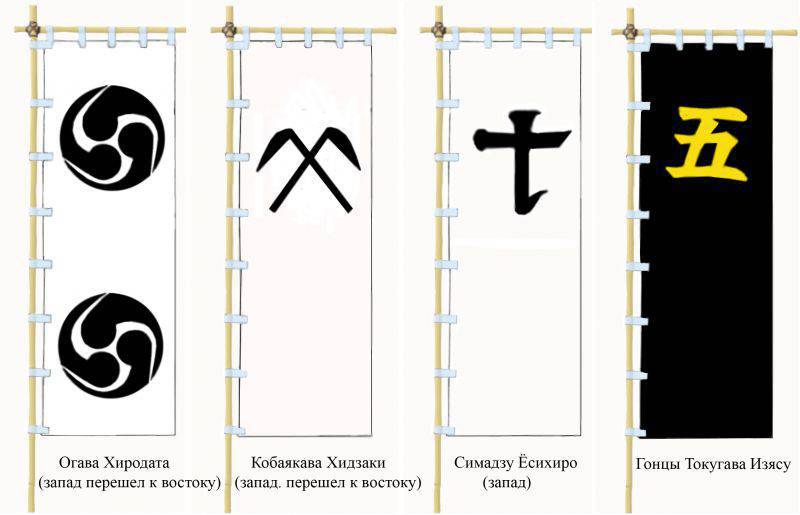
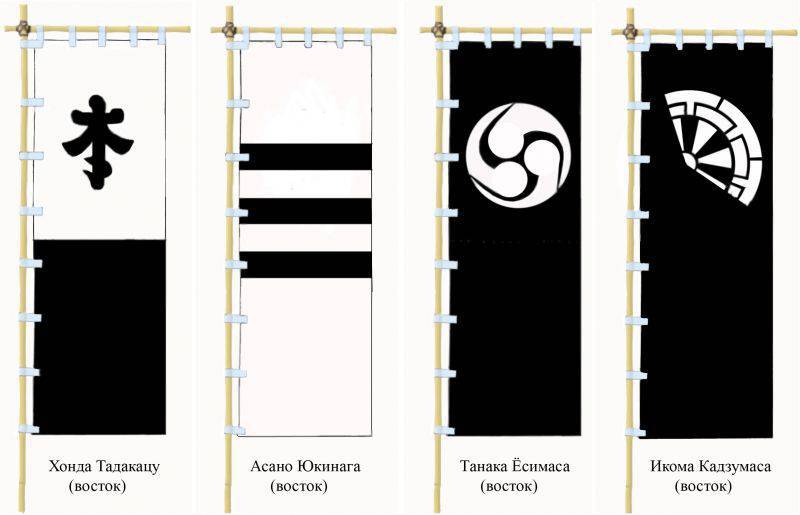
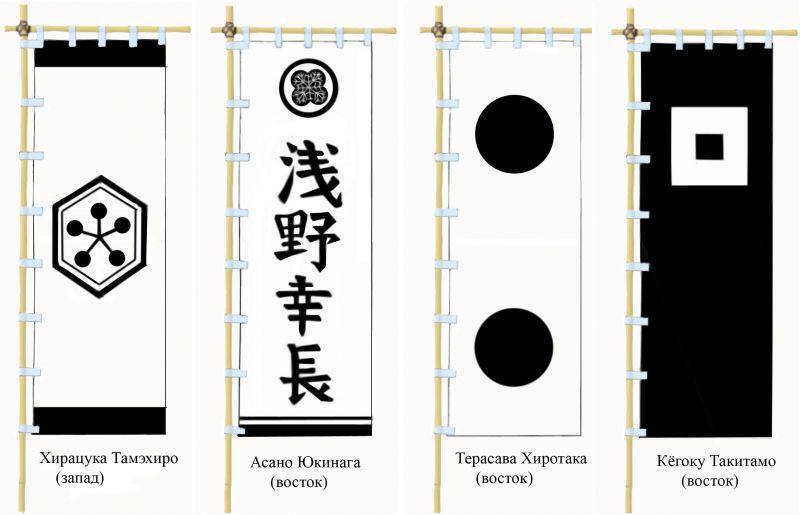
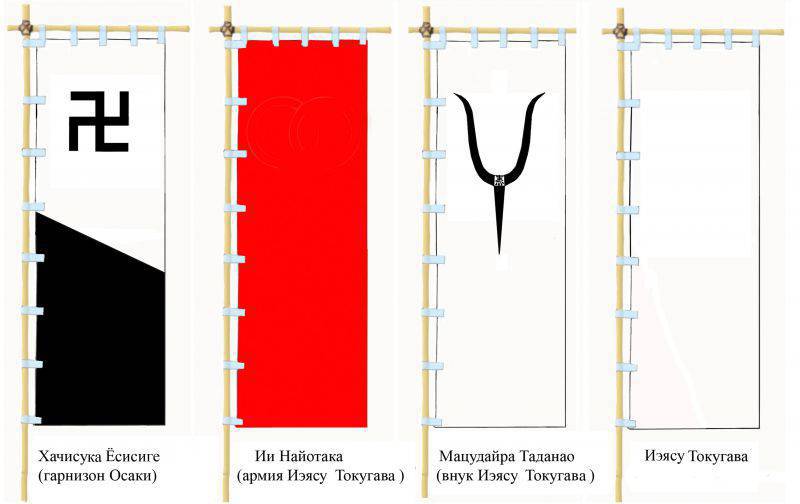
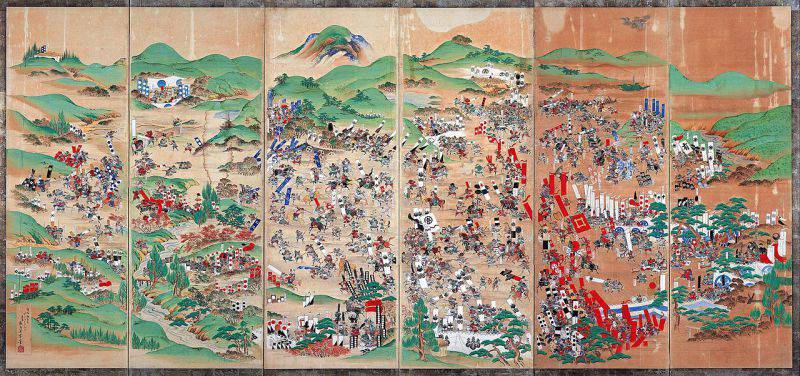
Information